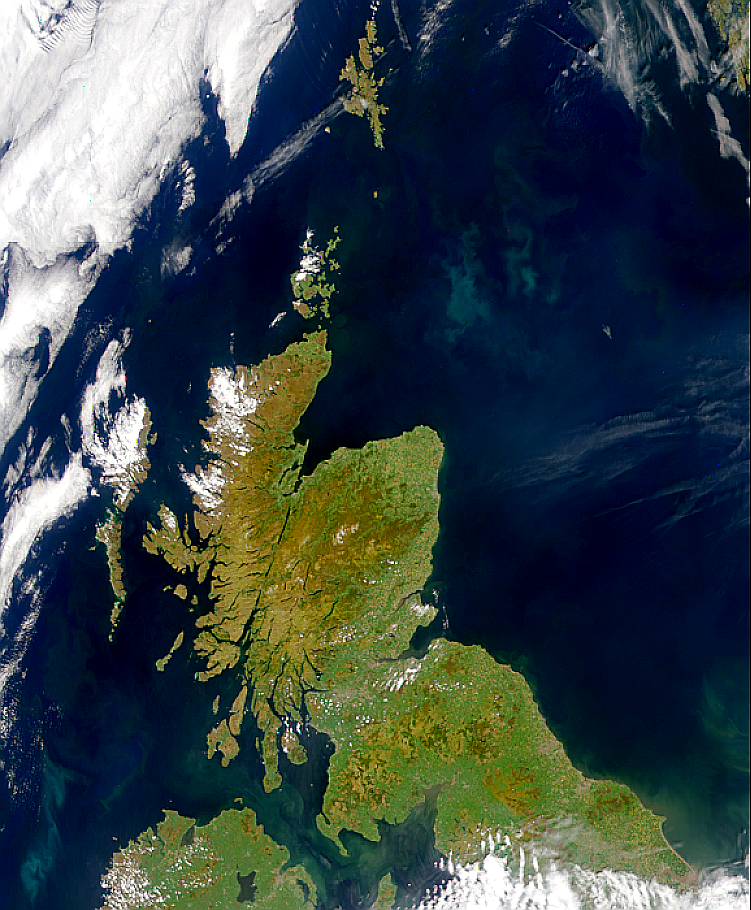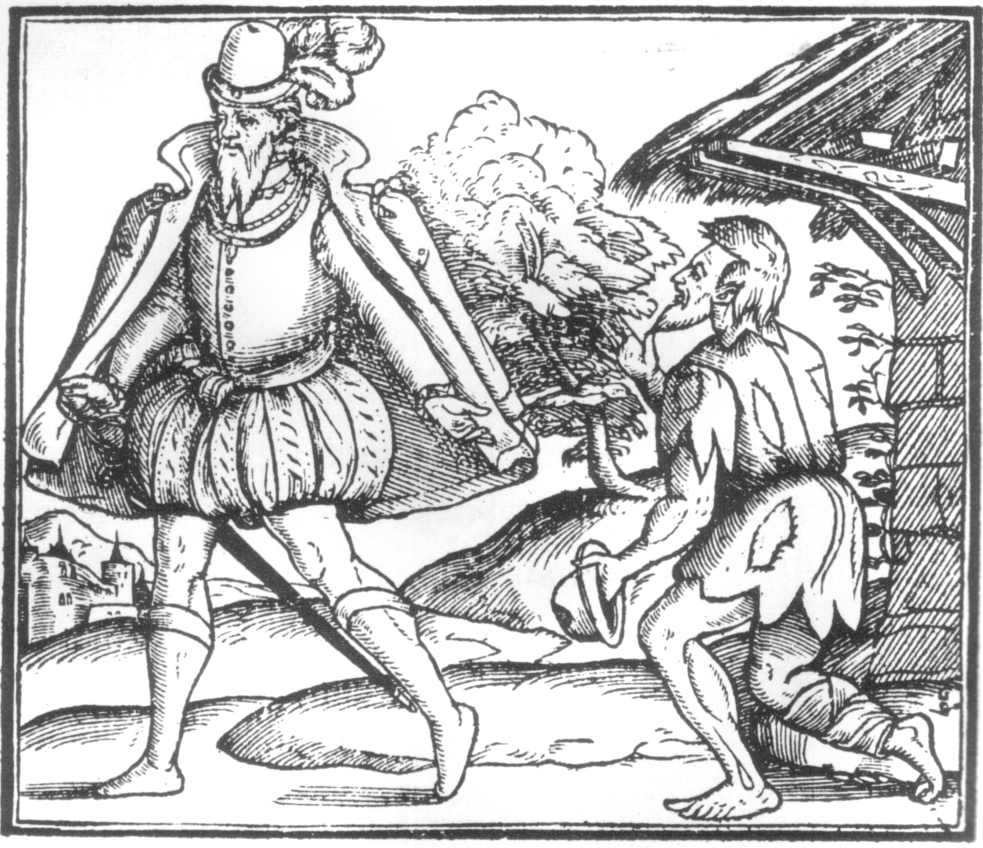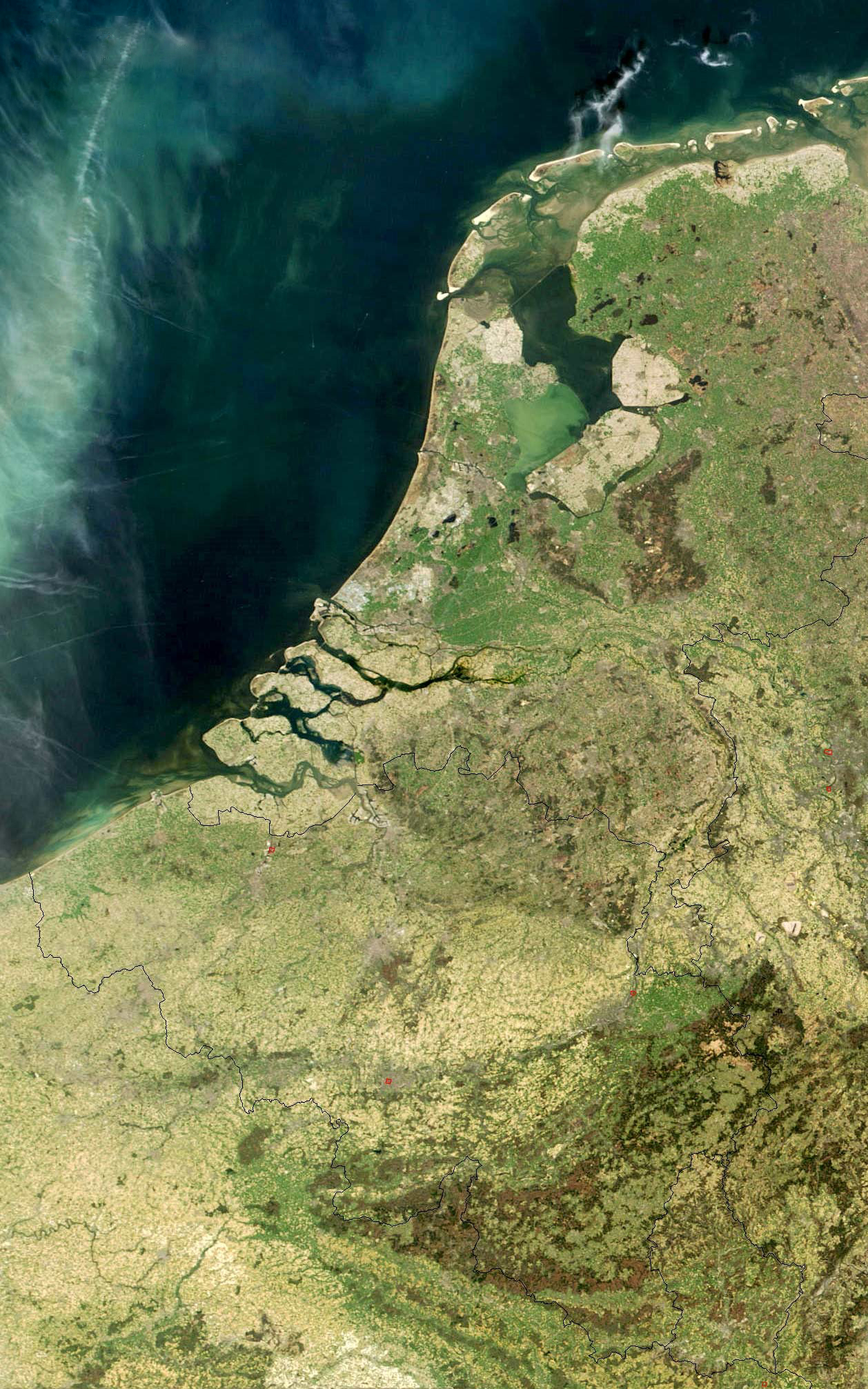|
Trinity House, Leith
Trinity House, 99 Kirkgate, is a building in Leith, Edinburgh, Scotland, which was a guild hall, customs house, and centre for maritime administration and poor relief. In the Late Middle Ages and Early Modern Era it also served as an almshouse and hospital. Now in state care, it houses a maritime museum. It is a category A listed building. History Masters and Mariners of Leith In 1380 King Robert II granted the Incorporation of Master and Mariners of Leith the right to levy a duty, called prime gilt, of 12 pennies on each ton of goods landed at Leith. An additional voluntary contribution, called crown money, was also collected. Trade was largely conducted over the North Sea, with the Nordic and Baltic regions, the Low Countries and France. The funds raised by the prime gilt and crown money were then used for the relief of the sick, the poor and the widows and orphans of lost or captured mariners; and to care for aged mariners. The Masters and Mariners of the Trinity House i ... [...More Info...] [...Related Items...] OR: [Wikipedia] [Google] [Baidu] |
Leith
Leith (; ) is a port area in the north of Edinburgh, Scotland, founded at the mouth of the Water of Leith and is home to the Port of Leith. The earliest surviving historical references are in the royal charter authorising the construction of Holyrood Abbey in 1128 in which it is termed ''Inverlet'' (Inverleith). After centuries of control by Edinburgh, Leith was made a separate burgh in 1833 only to be merged into Edinburgh in 1920. Leith is located on the southern coast of the Firth of Forth and lies within the City of Edinburgh council area; since 2007 Leith (Edinburgh ward), it has formed one of 17 multi-member Wards of the United Kingdom, wards of the city. History As the major port serving Edinburgh, Leith has seen many significant events in Scottish history. First settlement The earliest evidence of settlement in Leith comes from several archaeological digs undertaken in The Shore, Leith, The Shore area in the late 20th century. Amongst the finds were medieval wharf ... [...More Info...] [...Related Items...] OR: [Wikipedia] [Google] [Baidu] |
Scottish Coinage
From until 1709 the coinage of Scotland was unique, and minted locally. A wide variety of coins, such as the plack, bodle, bawbee, dollar and ryal were produced over that time. For trading purposes coins of Northumbria and various other places had been used before that time; and since 1709 those of the Kingdom of Great Britain, and then of the UK. Ancient history and Roman trade (–400) The earliest coins in Scotland were introduced by the Roman provinces of Britain that were obtained from trade with the westernmost outpost of the Roman Empire. Far from being isolated, the Celts of Caledonia, north of Hadrian's Wall, developed trade to the general benefit of the population, to the north of the Wall. Roman coins appear over a wide range across the country, especially sites near the Antonine Wall. Hadrian's Wall was also regarded as a means to regulate social traffic and trade north, rather than a military defence against the northern tribes of the Caledoni. Civil settlements ... [...More Info...] [...Related Items...] OR: [Wikipedia] [Google] [Baidu] |
Geography Of Scotland
The geography of Scotland is varied from rural lowlands to unspoilt uplands, and from large cities to sparsely inhabited islands. Located in Northern Europe, Scotland comprises the northern part of the island of Great Britain as well as 790 surrounding islands encompassing the major archipelagos of the Shetland Islands, Orkney Islands and the Inner and Outer Hebrides. The Anglo-Scottish border, only land border is with England, which runs for in a northeasterly direction from the Solway Firth in the west to the North Sea on the east coast. Separated by the North Channel (British Isles), North Channel, the island of Ireland lies from Mull of Kintyre on the Scottish mainland. Norway is located northeast of Scotland across the North Sea. The Atlantic Ocean, which fringes the coastline of western and northern Scotland and its islands, influences the temperate, maritime climate of the country. Scotland contains the majority of mountainous terrain in the United Kingdom, UK. The to ... [...More Info...] [...Related Items...] OR: [Wikipedia] [Google] [Baidu] |
Firth Of Forth
The Firth of Forth () is a firth in Scotland, an inlet of the North Sea that separates Fife to its north and Lothian to its south. Further inland, it becomes the estuary of the River Forth and several other rivers. Name ''Firth'' is a cognate of ''fjord'', a Norse word meaning a narrow inlet. ''Forth'' stems from the name of the river; this is ('slow running') in Proto-Celtic, yielding in Old Gaelic and in Welsh. It was known as ' in Roman Empire, Roman times and was referred to as ' in Ptolemy's ''Geography_(Ptolemy), Geography''. In the Norse mythology, Norse sagas it was known as the . An early Welsh language, Welsh name is , or the 'sea of '. Geography and geology Geologically, the Firth of Forth is a fjord, formed by the Forth Glacier in the last glacial period. The drainage basin for the Firth of Forth covers a wide geographic area including places as far from the shore as Ben Lomond, Cumbernauld, Harthill, Scotland, Harthill, Penicuik and the edges of Gleneagles H ... [...More Info...] [...Related Items...] OR: [Wikipedia] [Google] [Baidu] |
Maritime Pilot
A maritime pilot, marine pilot, harbor pilot, port pilot, ship pilot, or simply pilot, is a mariner who has specific knowledge of an often dangerous or congested waterway, such as harbors or river mouths. Maritime pilots know local details such as depth, currents, and hazards. They board and temporarily join the crew to safely guide the ship's passage, so they must also have expertise in handling ships of all types and sizes. Obtaining the title "maritime pilot" requires being licensed or authorised by a recognised pilotage authority. History The word ''pilot'' is believed to have come from the Middle French, ''pilot'', ''pillot'', from Italian, ''pilota'', from Late Latin, ''pillottus''; ultimately from Ancient Greek πηδόν (pēdón, "blade of an oar, oar"). The work functions of the pilot can be traced back to Ancient Greece and Ancient Rome, Rome, when locally experienced harbour captains, mainly local fishermen, were employed by incoming ships' captains to bring t ... [...More Info...] [...Related Items...] OR: [Wikipedia] [Google] [Baidu] |
Seamanship
Seamanship is the skill, art, competence (human resources), competence, and knowledge of operating a ship, boat or other craft on water. The'' Oxford Dictionary of English, Oxford Dictionary'' states that seamanship is "The skill, techniques, or practice of handling a ship or boat at sea." It involves topics and development of specialised skills, including navigation and international Admiralty law, maritime law and regulatory knowledge; weather, meteorology and forecasting; watchkeeping; ship-handling and small boat handling; operation of deck equipment, anchors and cables; ropework and line handling; communications; sailing; engines; execution of evolutions such as towing; cargo handling equipment, dangerous cargoes and cargo storage; dealing with emergencies; survival at sea and search and rescue; and fire fighting. The degree of knowledge needed within these areas is dependent upon the nature of the work and the type of vessel employed by a sailor, seafarer. History Shi ... [...More Info...] [...Related Items...] OR: [Wikipedia] [Google] [Baidu] |
Newcastle-upon-Tyne Trinity House
Newcastle-upon-Tyne Trinity House is a private corporation in Newcastle upon Tyne which emerged in the 16th century as a guild formed by the City's seafarers. For the past 500 years it has occupied premises in Broad Chare on the Newcastle's Quayside, from which it continues to provide a combination of professional and charitable maritime services. It remains one of only three bodies in England authorized for the examination and licensing of deep-sea pilots. Origins The 'Guild of the Blessed Trinity of Newcastle upon Tyne' emerged in the late 15th century, and was formally constituted on 4 January 1505 when it obtained an area of land close to the river on which to build a chapel, meeting room and lodgings for mariners (it was secured by the quit-rent of one red rose, payable annually to a Mr Ralph Hebborn on Midsummer's Day.) Early in its history, the corporation (as it came to be known) was given responsibility for improving the Tyne as a navigable river. For example, the first ... [...More Info...] [...Related Items...] OR: [Wikipedia] [Google] [Baidu] |
Confiscation
Confiscation (from the Latin ''confiscatio'' "to consign to the ''fiscus'', i.e. transfer to the treasury") is a legal form of search and seizure, seizure by a government or other public authority. The word is also used, popularly, of Tampering with evidence#Spoliation, spoliation under legal forms, or of any seizure of property as punishment or in enforcement of the law. Scope As a punishment, it differs from a Fine (penalty), fine in that it is not primarily meant to match the crime but rather reattributes the criminal's ill-gotten spoils (often as a complement to the actual punishment for the crime itself; still common with various kinds of contraband, such as protected living organisms) to the community or even aims to rob them of their socio-economic status, in the extreme case reducing them to utter poverty, or if he or she is condemned to death even denies them the power to bequeath inheritance to their legal heirs. Meanwhile, limited confiscation is often in function of t ... [...More Info...] [...Related Items...] OR: [Wikipedia] [Google] [Baidu] |
Mary Queen Of Scots
Mary, Queen of Scots (8 December 1542 – 8 February 1587), also known as Mary Stuart or Mary I of Scotland, was List of Scottish monarchs, Queen of Scotland from 14 December 1542 until her forced abdication in 1567. The only surviving legitimate child of James V of Scotland, Mary was six days old when her father died and she inherited the throne. During her childhood, Kingdom of Scotland, Scotland was governed by regents, first by the heir to the throne, James Hamilton, Earl of Arran, and then by her mother, Mary of Guise. In 1548, she was betrothed to Francis II of France, Francis, the Dauphin of France, and was sent to be brought up in Kingdom of France, France, where she would be safe from invading Kingdom of England, English forces during the Rough Wooing. Mary Wedding of Mary, Queen of Scots, and Francis, Dauphin of France, married Francis in 1558, becoming queen consort of France from his accession in 1559 until his death in December 1560. Widowed, Mary Entry of Mary, Q ... [...More Info...] [...Related Items...] OR: [Wikipedia] [Google] [Baidu] |
Trade Guild
A guild ( ) is an association of artisans and merchants who oversee the practice of their craft/trade in a particular territory. The earliest types of guild formed as organizations of tradespeople belonging to a professional association. They sometimes depended on grants of letters patent from a monarch or other ruler to enforce the flow of trade to their self-employed members, and to retain ownership of tools and the supply of materials, but most were regulated by the local government. Guild members found guilty of cheating the public would be fined or banned from the guild. A lasting legacy of traditional guilds are the guildhalls constructed and used as guild meeting-places. Typically the key "privilege" was that only guild members were allowed to sell their goods or practice their skill within the city. There might be controls on minimum or maximum prices, hours of trading, numbers of apprentices, and many other things. Critics argued that these rules reduced free competition ... [...More Info...] [...Related Items...] OR: [Wikipedia] [Google] [Baidu] |
Poor Relief
In English and British history, poor relief refers to government and ecclesiastical action to relieve poverty. Over the centuries, various authorities have needed to decide whose poverty deserves relief and also who should bear the cost of helping the poor. Alongside ever-changing attitudes towards poverty, many methods have been attempted to answer these questions. Since the early 16th century legislation on poverty enacted by the Parliament of England, poor relief has developed from being little more than a systematic means of punishment into a complex system of government-funded support and protection, especially following the creation in the 1940s of the welfare state. Tudor era In the late 15th century, Parliament took action on the growing problem of poverty, focusing on punishing people for being " vagabonds" and for begging. In 1495, during the reign of King Henry VII, Parliament enacted the Vagabonds and Beggars Act 1494. This provided for officers of the law to ... [...More Info...] [...Related Items...] OR: [Wikipedia] [Google] [Baidu] |
Low Countries
The Low Countries (; ), historically also known as the Netherlands (), is a coastal lowland region in Northwestern Europe forming the lower Drainage basin, basin of the Rhine–Meuse–Scheldt delta and consisting today of the three modern "Benelux" countries: Belgium, Luxembourg, and the Netherlands (, which is singular). Geographically and historically, the area can also include parts of France (such as Nord (French department), Nord and Pas-de-Calais) and the Germany, German regions of East Frisia, Geldern, Guelders and Cleves. During the Middle Ages, the Low Countries were divided into numerous semi-independent principalities. Historically, the regions without access to the sea linked themselves politically and economically to those with access to form various unions of ports and hinterland, stretching inland as far as parts of the German Rhineland. Because of this, nowadays not only physically low-altitude areas, but also some hilly or elevated regions are considered part of ... [...More Info...] [...Related Items...] OR: [Wikipedia] [Google] [Baidu] |








